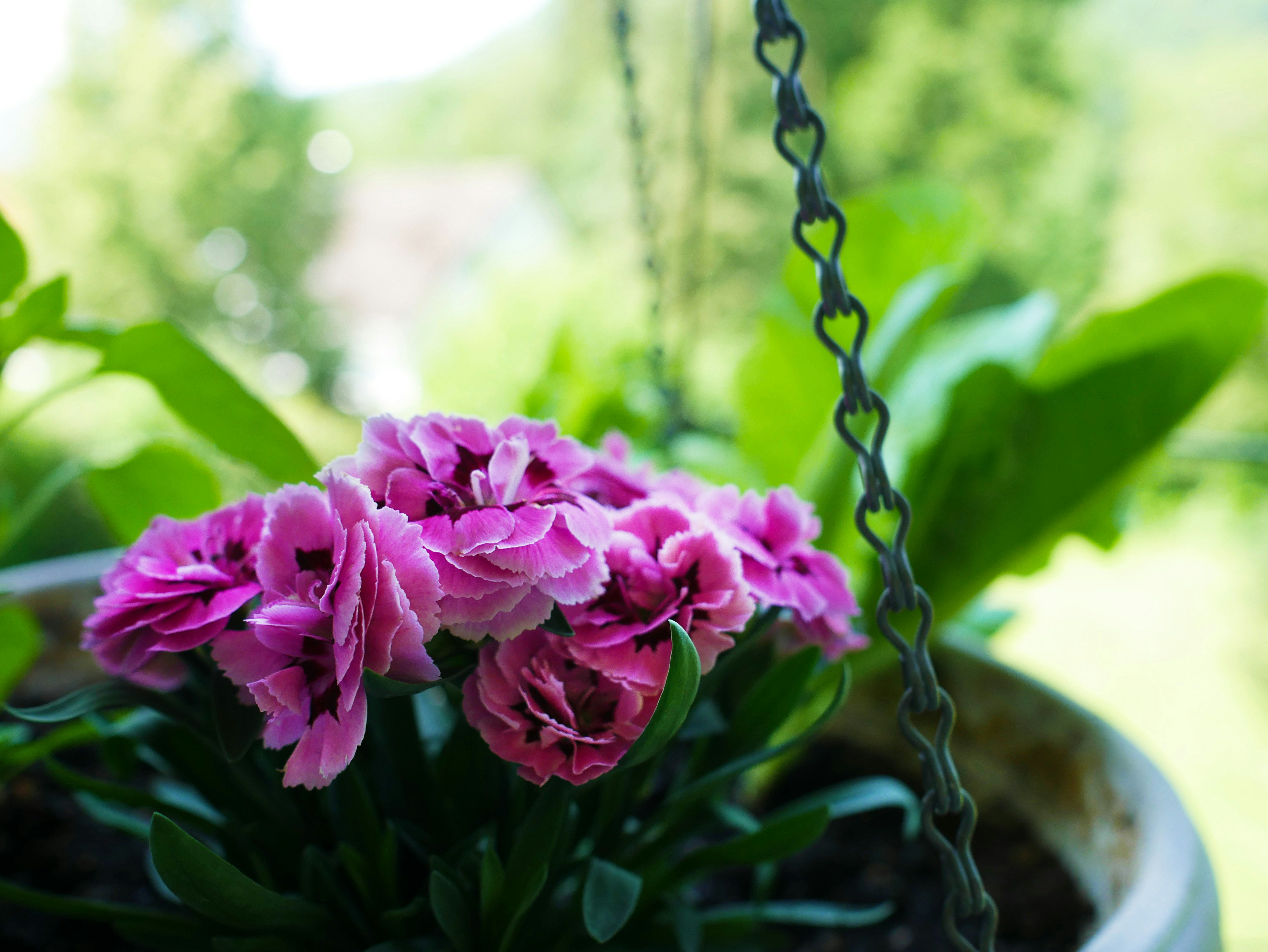
How To Start A Balcony Garden In An Apartment Setting
Small outdoor spaces offer a welcoming spot to nurture plants just steps from your living room. Even without a large backyard, you can create a vibrant garden on a balcony with thoughtful preparation and the right supplies. Selecting containers that fit your space, picking plants suited to the light, and tending to their needs will help you build a lush escape that thrives in the open air. Each day, you can enjoy fresh herbs and colorful blooms, adding beauty to your home and providing a peaceful setting for morning coffee or quiet evenings.
Assessing Your Space and Sunlight
Begin by noting how much room you have. Measure the length and width of your balcony floor and railing. Write down any nooks where a small shelf or corner planter might fit. Taking clear measurements helps you avoid buying containers that are too large or too small.
Next, observe sunlight patterns over a week. Notice when and where direct sun hits—morning rays are gentler, while the afternoon sun can be strong. Identify spots that stay shaded. Matching your plant choices to those light conditions sets you up for healthy growth and fewer surprises.
Choosing the Right Containers
- Size and Depth: Pick containers at least six inches deep for herbs and ten inches for root veggies. Shallow pots may dry out too fast.
- Material Matters: Select lightweight options like resin or fiberglass if you want an easy-to-move setup. Ceramic pots look stylish but they’re heavy when filled with soil.
- Drainage Holes: Ensure every pot has holes to prevent waterlogging. Add a layer of gravel or broken pottery shards at the bottom to keep roots healthy.
- Self-Watering Planters: Try self-watering designs for busy days. They store extra water below and release it as soil dries, cutting down your watering chores.
Stackable or railing-mounted planters help you make the most of tight spaces. Use metal or plastic brackets that clamp securely to railings. Place hanging baskets overhead to free up floor area. These simple container choices allow you to grow more with less space.
Selecting Plants for Your Balcony
Choose plants that thrive in containers and match your sunlight profile. If your balcony basks in full sun, go for sun-loving herbs like basil, rosemary, and thyme. For partial shade, leafy greens such as lettuce, spinach, and kale flourish with less intense light.
Mix ornamental flowers with edibles to boost visual interest. Petunias or marigolds add pops of color and attract pollinators, while cherry tomato vines bring both beauty and taste to your urban garden. Pick a few varieties you truly love and rotate them each season to keep the space fresh.
Potting Mix, Watering, and Fertilizing
Mix your potting soil to ensure lightness and drainage. Use a simple recipe of two parts peat moss or coconut coir, one part perlite, and one part compost for nutrients. Avoid garden soil, which can become compacted and hinder root growth.
Set a watering routine based on your plant types. Herbs generally prefer soil that dries slightly between waterings, while flowers and veggies often need consistent moisture. Check soil moisture by pressing your finger about an inch deep—water when it feels dry.
Feed your plants regularly. Use a balanced liquid fertilizer every two weeks during active growth. For leafy greens, choose a formula higher in nitrogen; for flowering and fruiting plants, pick one richer in phosphorus and potassium. Watch your plants respond with robust foliage and abundant blooms.
Planting and Arrangement Tips
Start planting by adding a layer of potting mix to each container, then gently remove plants from their nursery pots. Loosen roots and place them at the same depth they grew previously. Fill around each plant with more mix and press lightly to secure.
Group containers with similar water and light needs together. This method prevents overwatering sun lovers or underwatering shade dwellers. Experiment with levels: put taller pots at the back and shorter ones near the front, creating a layered display that feels lush and inviting.
Maintenance and Troubleshooting
- Regular Inspection: Check for yellowing leaves, pests, or signs of disease every few days. Catching issues early prevents them from spreading.
- Pest Management: Spray affected leaves with a mix of water and gentle dish soap to deter aphids and mites. Introduce beneficial insects like ladybugs if an infestation grows.
- Pruning and Harvesting: Trim herbs and dead flowers regularly to encourage new growth. Harvest leafy greens when they reach four to six inches tall; this cut-and-come-again method keeps them producing.
- Weather Protection: Bring delicate pots indoors when frost threatens, or wrap containers with insulating material. Use a shade cloth to shield plants if afternoon sun scorches leaves.
Keep a small notebook or app to record watering schedules, fertilizing dates, and any pest or disease notes. Tracking these details helps you learn from each season and improve your care routine.
Your balcony garden evolves with your care, and trying new herbs or containers keeps it interesting. Each harvest boosts your confidence. Enjoy the process and the cozy retreat you've created.